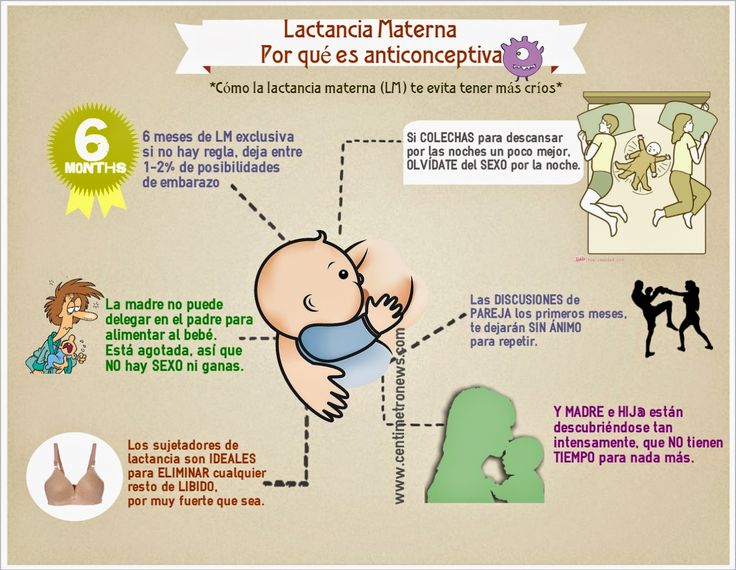Hay algunas diferencias entre los alimentos recomendados y desaconsejados en el embarazo y durante la lactancia. Hoy nos vamos a centrar específicamente en la lactancia materna. Y vamos a repasar las recomendaciones acerca del consumo de café e infusiones durante la misma, ya que genera muchas dudas a la nueva mamá.
A lo largo del embarazo y la lactancia, el organismo de la madre sufre múltiples cambios fisiológicos. Y los nutrientes que llegan al feto, y después al recién nacido, lo hacen a través de la placenta. Y posteriormente a través de la leche materna. Por lo que la madre debe tener especial cuidado en estos periodos para no transmitir sustancias que resulten nocivas al organismo del feto y del recién nacido en formación y en crecimiento.
– El café puede consumirse durante la lactancia, pero con moderación, debido a la cafeína que contiene. Grandes dosis de cafeína (más de 300 mg. al día) pueden producir irritabilidad, temblores, hipertonía e insomnio en el lactante.
– También hay lactantes que con menos dosis tienen irritabilidad. La madre valorará la conveniencia de disminuir o no la ingestión de café si esto sucede.
– Debemos tener en cuenta que el tiempo medio de eliminación de la cafeína, de pocas horas en adultos, puede llegar a los 3-4 días en recién nacidos.
– Además, el consumo de medio litro o más de café al día se ha relacionado con anemia. Y déficit de hierro en madre y lactante. Además, con el fenómeno de Raynaud del pezón en la madre lactante.
Como sabemos, el té también contiene cafeína. La recomendación es similar. Se puede consumir, pero con moderación. Este es un cálculo aproximado del contenido medio de cafeína por taza.
– Café: 60-80 mg.
– Té: 20-30 mg.
– Té verde: 15 mg.
– Chocolate: 5-10 mg.
A pesar de que el té contiene menos cantidad de cafeína que el café, es aconsejable durante el embarazo y la lactancia hacer un consumo moderado, ya que se ha descrito contaminación frecuente del té por plomo, cadmio, aluminio, manganeso y contaminantes bromados (PBDE).
Al ser tan variadas las posibilidades de consumo y existir tantas diferencias entre sus propiedades y efectos, debemos tomar ciertas precauciones en su consumo. Y para ello aquí damos unas recomendaciones muy claras y útiles.
Hay infusiones cuyo consumo durante la lactancia, si se realiza de forma moderada, no presenta riesgo para la misma. Por lo que son las que solemos recomendar los profesionales en este periodo, también por sus propiedades beneficiosas.
– Manzanilla: digestiva, antiinflamatoria y sedante leve
– Tilo: antitusígeno, tranquilizante suave
– Tomillo: antitusígeno y expectorante
– Menta: dispepsia, flatulencia
– Melisa: digestiva, sedante leve
– Jengibre: digestivo, antiemético y antiinflamatorio
– Las que no se recomiendan durante la lactancia. Como poleo-menta, hinojo y anís.
– Debemos asegurarnos de que provienen de una fuente fiable y leer el etiquetado.
– Existe la creencia que algunas plantas pueden actuar como galactogogos. Es decir, que aumentan la producción de leche materna. Pero esto no se ha podido demostrar científicamente. El mejor estímulo para aumentar y mantener la producción adecuada de leche materna es la lactancia a demanda frecuente y realizada con una técnica adecuada.
Es decir, que aumentan la producción de leche materna. Pero esto no se ha podido demostrar científicamente. El mejor estímulo para aumentar y mantener la producción adecuada de leche materna es la lactancia a demanda frecuente y realizada con una técnica adecuada.
Debemos desterrar la idea generalizada de que todo lo natural es inocuo. Debemos tener presente que la mayoría de los medicamentos provienen de extractos de plantas. Y también multitud de venenos.
Los efectos perjudiciales de una infusión, van a depender, además del tipo de planta que utilicemos en su preparación, de la cantidad consumida. Y de la concentración de la misma. Por ello, siempre es recomendable la moderación.
Fuente: NATALBEN
Compartir este articulo
Saltar al contenido
Ver imagen más grande
Durante el embarazo, el cuerpo de una mujer sufre muchos cambios y también su alimentación se ajusta para garantizar el buen desarrollo del bebé. Después de dar a luz, empieza una nueva fase: la lactancia, igualmente importante tanto para el niño como para la madre. En este momento, la correcta alimentación de la mujer sigue siendo fundamental, puesto que el bebé asimila todo lo necesario para el crecimiento a través de la leche materna. ¿Qué puede o no puede tomar una mujer en la lactancia?
Después de dar a luz, empieza una nueva fase: la lactancia, igualmente importante tanto para el niño como para la madre. En este momento, la correcta alimentación de la mujer sigue siendo fundamental, puesto que el bebé asimila todo lo necesario para el crecimiento a través de la leche materna. ¿Qué puede o no puede tomar una mujer en la lactancia?
“La lactancia materna es la forma ideal de aportar a los niños pequeños los nutrientes que necesitan para un crecimiento y desarrollo saludables”. Así la Organización Mundial de la Salud define uno de los gestos más importantes para el correcto desarrollo de un individuo.
La OMS, además, recomienda que durante los primeros 6 meses de vida la lactancia sea de tipo exclusivo, que permite dar al lactante gotas o jarabes (vitaminas, medicinas o minerales) además de la leche materna. Pasado este período, se pueden empezar a introducir alimentos seguros y apropiados para la edad.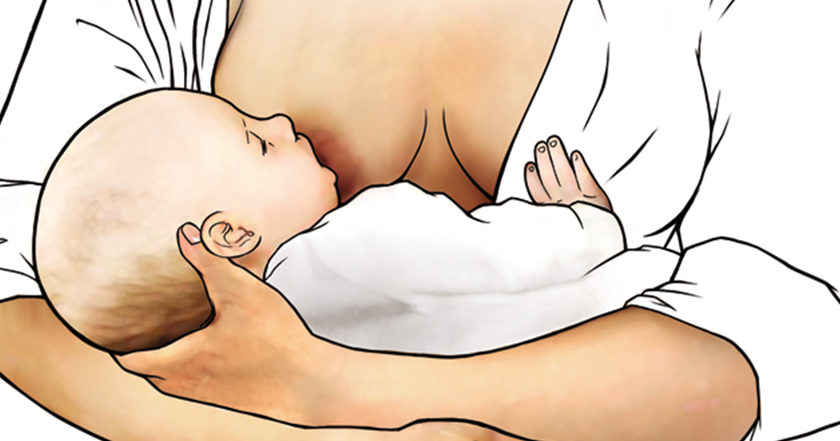
Para garantizar el mejor desarrollo del bebé y evitar reacciones secundarias, durante la lactancia es fundamental que la mujer evite ciertos alimentos. Por eso es importante seguir las indicaciones del propio pediatra y preguntar los ingredientes de los platos cuando se come fuera y leer las etiquetas de los productos industrializados.
Y ¿qué pasa con las hierbas culinarias e infusiones en la lactancia? ¿Cuáles se pueden tomar y cuáles son prohibidas durante este período? También en este caso es recomendable preguntar a un experto.
Sin embargo, hoy queremos presentarte una web de referencia: e-lactancia. Gracias a los años de estudios realizados por especialistas y a la recopilación de informaciones sobre la lactancia, un grupo de pediatras en colaboración con especialistas en web, diseño y comunicación realizaron esta base de datos de referencia para la lactancia.
Este proyecto nace para apoyar madres y expertos en lactancia sin pretender sustituir, en ningún caso, la opinión de un profesional.
En la base de datos de e-lactancia es posible conocer la compatibilidad de la lactancia materna con medicamentos, plantas, tóxicos y enfermedades.
El sitio clasifica las plantas o sustancia según el grado de toxicidad:
Manzanilla, Tomillo, Escaramujo, Jengibre, Canela, Estevia, Menta, Cilantro… estas son algunas de las plantas compatibles consideradas de riesgo muy bajo durante la lactancia.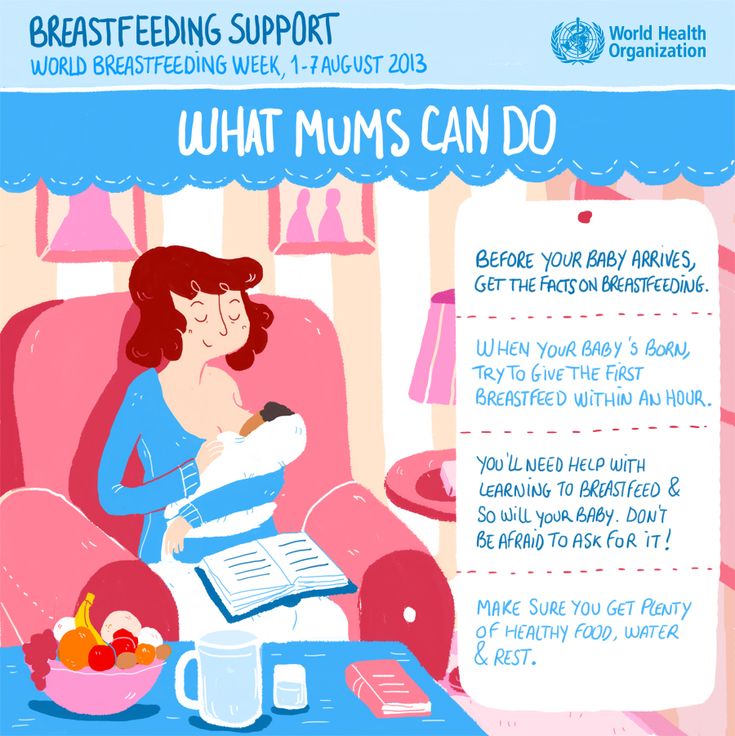 Tomadas en dosis correctas no tienen contraindicaciones para mujeres con un estado de salud normal.
Tomadas en dosis correctas no tienen contraindicaciones para mujeres con un estado de salud normal.
Las infusiones, especialmente durante el invierno, pueden ser una forma agradable de hidratarse y garantizar una buena producción de leche materno. Si sueles tomar infusiones de hierbas, puedes mantener esta costumbre también durante la lactancia. Pero no olvides consultar tu médico e informarte sobre los ingredientes de tus infusiones favoritas o la procedencia de las hierbas para tus mezclas.
Sobre todo en estas fases de la vida es importante evitar productos tratados con pesticidas y elegir alimentos ecológicos cuando sea posible. También cuando compres hierbas aromáticas e infusiones mira que sean ecológicas y compatibles con la lactancia para proteger la salud de tu bebé.
Codirectora general de Ecoherbes. Etnobotánica y fitoterapeuta. Responsable de la investigación y desarrollo de producto. Creadora de las fórmulas de autora de Ecoherbes.
Creadora de las fórmulas de autora de Ecoherbes.
Enlace de carga de la página
Ir a Arriba
For the normal development of lactation, first of all, it is necessary to organize the feeding of the child (feeding on demand, without a night break, the absence of nipples and pacifiers that suppress the suckling reflex of the baby), properly care for the breast, use a breast pump to stimulate and increase lactation, use according to indications other accessories for breastfeeding.
Sleep should be at least 10 hours a day – night and day.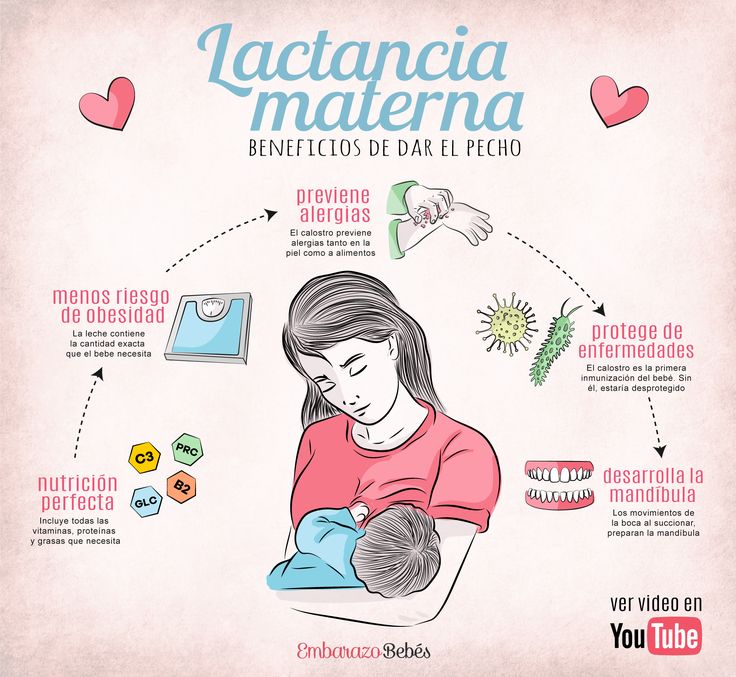 Outdoor walks for at least 2 hours. Frequent breastfeeding from birth (at least 10 times a day) with obligatory night feedings. Good nutrition and an increase in the amount of fluid consumed up to 1.5 – 2 liters per day (this is tea, soups, decoctions, milk, dairy products). Shower-massage: after feeding the baby and expressing milk, pour hot water (45 degrees) from the shower over the mammary gland that was fed, while massaging in circular motions from the nipple to the periphery and from top to bottom, while expressing milk. Duration 5-10 minutes.
Outdoor walks for at least 2 hours. Frequent breastfeeding from birth (at least 10 times a day) with obligatory night feedings. Good nutrition and an increase in the amount of fluid consumed up to 1.5 – 2 liters per day (this is tea, soups, decoctions, milk, dairy products). Shower-massage: after feeding the baby and expressing milk, pour hot water (45 degrees) from the shower over the mammary gland that was fed, while massaging in circular motions from the nipple to the periphery and from top to bottom, while expressing milk. Duration 5-10 minutes.
Perform the procedure 2 times for the left and 2 times for the right breast during the day. Drink hot tea with milk 30 minutes before feeding.
Drink in small sips throughout the day.
 5 cups of peeled walnuts with 0.5 liters of boiling milk in a thermos and infuse for 3-4 hours. Infusion take 1/3 cup 20 minutes before each feeding, but not daily, but every other day.
5 cups of peeled walnuts with 0.5 liters of boiling milk in a thermos and infuse for 3-4 hours. Infusion take 1/3 cup 20 minutes before each feeding, but not daily, but every other day. Be sure to use special multivitamin complexes for pregnant and lactating women, which also help improve lactation. They will improve the quality of milk and increase its quantity:

In European countries, homeopathic remedies are widely used to stimulate lactation. Of the many homeopathic remedies to enhance lactation, the following remedies can be recommended: before each feeding of the child (20 minutes) \ Urtika urens 3 and Agnus castus 3 alternately and at night – Pulsatilla 6. Take 5 grains until the effect is obtained (from 3 days to 3 weeks). But in any case, you need to consult a doctor.
Advice on proper nutrition of a nursing mother is given by the expert of the Volga Health Nutrition Center V.A.Ignatiev and Candidate of Medical Sciences, nutritionist A.S.Polyashova.
During pregnancy and breastfeeding, the woman’s body’s need for many vital vitamins and minerals increases significantly. And even the most optimal diet cannot always provide a complete set of components necessary for the proper development of the child and the health of the mother. Therefore, already for 2-3 months. before conception and during breastfeeding, products containing preservatives, dyes and other “chemistry” should be removed from the diet, and alcohol should be completely abandoned. Irrational nutrition, fast food, too fatty, salty, spicy, fried foods, flavored with preservatives and other additives, can lead to malfunctions in various organs and body systems due to insufficient supply of nutrients due to improper functioning of the gastrointestinal tract.
And even the most optimal diet cannot always provide a complete set of components necessary for the proper development of the child and the health of the mother. Therefore, already for 2-3 months. before conception and during breastfeeding, products containing preservatives, dyes and other “chemistry” should be removed from the diet, and alcohol should be completely abandoned. Irrational nutrition, fast food, too fatty, salty, spicy, fried foods, flavored with preservatives and other additives, can lead to malfunctions in various organs and body systems due to insufficient supply of nutrients due to improper functioning of the gastrointestinal tract.
It is not that difficult to follow the elementary rules of a healthy diet. Maximum steam and baked food, minimum – fried, smoked, spicy. A moderate amount of refined carbohydrates, limiting surrogate products, eating fresh fruits, vegetables, dairy products, and a sufficient amount of proteins are the foundations of a healthy diet.
With the birth of a baby, the female body requires even more energy than during pregnancy. A child needs a lot of strength to grow and develop. And the best food for him is mother’s milk, with which he receives all the most necessary substances. And how nutritious it will be depends only on the mother.
Breastfeeding also has a positive effect on the health of the woman herself. It provides a normal hormonal status, serves as a preventive measure for the development of breast cancer. Breastfeeding can serve as contraception to some extent, since during this period the likelihood of pregnancy decreases.
Any woman, if there are no contraindications, not only can, but must breastfeed her child to maintain his health in the future. It is necessary, of course, to take into account the psychological attitude of the mother. She just needs to be sure that the best food for her baby is her milk.
As for the nutrition of a nursing woman, an abundance of carbohydrates (flour products, pastries, pasta), fatty and spicy foods with spices should be avoided. Focus on dairy products and fruits and vegetables. Bread is better to use coarse grinding.
Focus on dairy products and fruits and vegetables. Bread is better to use coarse grinding.
The lactation period is not suitable for fasting diets. In addition, a nursing mother should carefully monitor her medication intake. In case of ailments, it is better to do with tea with raspberries or honey or drink vitamin drinks, jelly, fruit drinks. Tablets should be used as a last resort, for example, at high temperatures (above 38 ° C). It is better to reduce coffee consumption (no more than 2 cups per day) and drink herbal teas and juices. Drinking alcohol while breastfeeding should also be kept to a minimum as it is a strong allergen. The main condition for the full development of the child is the sufficient intake of useful substances (amino acids, nucleotides, carbohydrates, fatty acids) into the mother’s body, along with vitamins and minerals.
Vitamins
Minerals
Maintenance of lactation
Vitamins
The child takes a lot of vitamins, and lactating mothers often suffer from beriberi.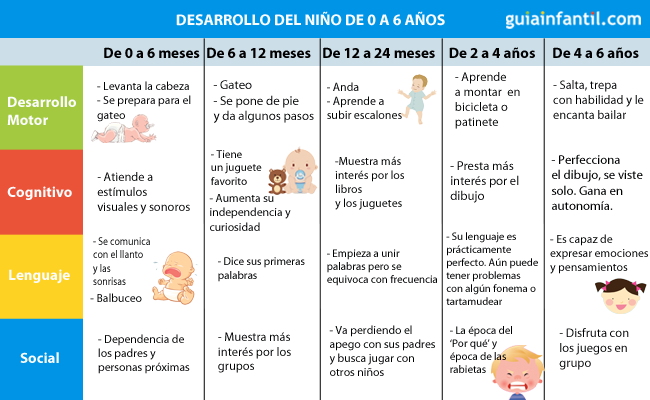 You need to make your diet rich in vitamins and varied.
You need to make your diet rich in vitamins and varied.
Healthy nutrition of a breastfeeding woman with additional vitamin supply helps to prevent the development of anemia and dental problems. Vitamins support a certain level of metabolism in the body, contribute to the improvement of well-being, perform a protective function and are necessary for the growth and renewal of tissues.
The source of vitamin A (retinol) in the body is beta-carotene. Vitamin A is involved in the formation of visual pigments, the construction of bones and teeth, protects the skin and mucous membranes, affects the condition of the skin, hair and nails. Retinol is found in animal products (fish oil, milk fat, butter, cream, cottage cheese, cheese, egg yolk, liver fat and fat from other organs – heart, brain). Beta-carotene is found in yellow-red, green vegetables and fruits (mountain ash, apricots, rose hips, black currants, sea buckthorn, yellow pumpkin, watermelon, red peppers, spinach, cabbage, celery tops, parsley, dill, watercress, carrots, sorrel, green onion, green pepper, nettle, dandelion, clover).
Vitamin Bt (thiamine) plays a key role in the metabolic cycle of energy production, participates in the absorption of carbohydrates, is necessary for the normal functioning of the nervous and cardiovascular systems, helps prevent toxicosis, local circulatory disorders, hypotension and improves appetite. Vitamin deficiency causes serious disorders in the functioning of the nervous system. Sources of vitamin: mainly products of plant origin – cereals, cereals (oats, buckwheat, millet), wholemeal flour (with fine grinding, the most rich in vitamin B1 part of the grain is removed with bran, therefore, in the highest grades of flour and bread, the content of vitamin B1 is sharply reduced). Especially a lot of vitamin B1 in grain sprouts, bran, legumes. B1 is also found in hazelnuts, walnuts, almonds, apricots, rose hips, red beets, carrots, radishes, onions, watercress, cabbage, spinach, potatoes, milk, meat, eggs, yeast.
Vitamin B2 (riboflavin) takes part in iron metabolism and favorably affects liver function, participates in many metabolic processes and is one of the main growth vitamins.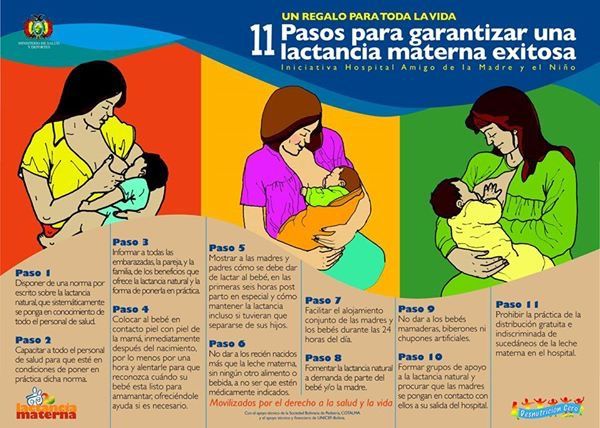 Vitamin B2 is of great importance in the formation of the bone skeleton, muscles, nervous system. Deficiency causes damage to the eyes and skin. Vitamin sources: animal products (liver, milk, eggs, yeast). There is a lot of vitamin in legumes, spinach, rose hips, apricots, leafy vegetables, vegetable tops, cabbage, tomatoes.
Vitamin B2 is of great importance in the formation of the bone skeleton, muscles, nervous system. Deficiency causes damage to the eyes and skin. Vitamin sources: animal products (liver, milk, eggs, yeast). There is a lot of vitamin in legumes, spinach, rose hips, apricots, leafy vegetables, vegetable tops, cabbage, tomatoes.
Vitamin B3 (vitamin PP, nicotinic acid, nicotinamide, niacin) participates in oxidative processes, metabolism of proteins, fats and carbohydrates, in the control of cholesterol, normalizes the functioning of the gastrointestinal tract. Improves blood circulation and reduces high blood pressure, increases blood flow in the capillaries. Affects the work of muscles, connective tissue, cardiovascular system. The main sources of vitamin B3 are meat, liver, kidneys, eggs, milk. The vitamin is also contained in bread products made from wholemeal flour, in cereals (especially buckwheat), legumes, and mushrooms.
Vitamin B5 (pantothenic acid, calcium pantothenate) affects overall metabolism and digestion. It has a normalizing effect on the nervous system (high vitality, good concentration, protection from stress), on the functions of the adrenal glands and the thyroid gland. It is used for the prevention of inflammatory processes, diseases of the skin and hair. Helps reduce body fat stores. Particularly rich in vitamin B5 are the liver, kidneys, meat, fish, and eggs. A lot of pantothenic acid is found in legumes (beans, peas, beans), mushrooms (champignons, porcini), fresh vegetables (red beets, asparagus, cauliflower). Vitamin B5 is present in fermented milk and dairy products.
It has a normalizing effect on the nervous system (high vitality, good concentration, protection from stress), on the functions of the adrenal glands and the thyroid gland. It is used for the prevention of inflammatory processes, diseases of the skin and hair. Helps reduce body fat stores. Particularly rich in vitamin B5 are the liver, kidneys, meat, fish, and eggs. A lot of pantothenic acid is found in legumes (beans, peas, beans), mushrooms (champignons, porcini), fresh vegetables (red beets, asparagus, cauliflower). Vitamin B5 is present in fermented milk and dairy products.
Vitamin B6 (pyridoxine) regulates inhibition processes in the mother’s nervous system (reduction of irritability, aggressiveness). Especially a lot of vitamin Wb is found in cereal sprouts, walnuts and hazelnuts, spinach, potatoes, cauliflower, carrots, lettuce, cabbage, tomatoes, strawberries, cherries, oranges and lemons. It is also found in meat products, fish, eggs, cereals and legumes.
Vitamin B9 (folic acid) is involved in metabolic processes (especially protein), therefore it is very important for the growth and development of the unborn child, especially in early pregnancy. It has a positive effect on the work of the digestive tract. The main source of vitamin B9 are cereals, wholemeal flour. There is a lot of it in vegetables (parsley, spinach, lettuce, onions, early cabbage, green peas), fresh mushrooms, nutritional yeast, present in cottage cheese, cheeses, fish, meat.
Deficiency vitamin B12 (cyanocobalamin) in the body causes anemia, damage to the nervous system (irritability, fatigue), digestive organs. The main source of vitamin B12 are food products of animal origin: beef liver, fish, seafood, meat, milk, cheeses.
Vitamin C (ascorbic acid) not only has a detrimental effect on bacteria, but also has a neutralizing effect on toxins, increases the body’s resistance to infection and helps reduce the inflammatory response.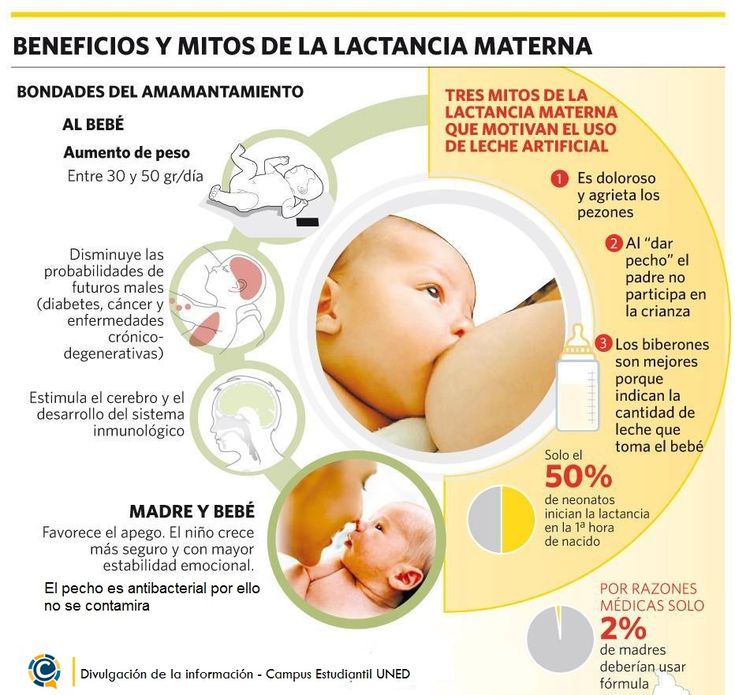 Vitamin C strengthens connective tissue, w. including the walls of blood vessels, increases efficiency. Vitamin C improves the absorption of iron in the digestive tract. During lactation, it is recommended to take up to 100 mg of vitamin C. Vitamin C deficiency in the mother’s body leads to a decrease in the body’s defenses, anemia. Sources of vitamin C: fresh plants (rose hips, dogwood, blackcurrant, mountain ash, sea buckthorn, citrus fruits, red pepper, horseradish, parsley, green onions, dill, watercress, red cabbage, potatoes, swede, cabbage, vegetable tops), medicinal plants (nettle, budra, lovage), forest fruits.
Vitamin C strengthens connective tissue, w. including the walls of blood vessels, increases efficiency. Vitamin C improves the absorption of iron in the digestive tract. During lactation, it is recommended to take up to 100 mg of vitamin C. Vitamin C deficiency in the mother’s body leads to a decrease in the body’s defenses, anemia. Sources of vitamin C: fresh plants (rose hips, dogwood, blackcurrant, mountain ash, sea buckthorn, citrus fruits, red pepper, horseradish, parsley, green onions, dill, watercress, red cabbage, potatoes, swede, cabbage, vegetable tops), medicinal plants (nettle, budra, lovage), forest fruits.
Vitamin D (calciferols – cholecalidiferol D3 and ergocalciferol D2) contributes to the formation of bones and teeth, the optimal functioning of the cardiovascular system. Vitamin D plays a special role in maintaining the balance of calcium and phosphorus in the mother’s body. Vitamin D is almost non-existent in plant foods. Most vitamin D is found in some fish products: fish oil, cod liver, Atlantic herring, mackerel, salmon, sardines in oil. In eggs, its content is 2.2 micrograms, in milk – 0.05 micrograms, in butter – 1.3 micrograms. It is present in mushrooms, nettle, yarrow, spinach. The formation of vitamin D is facilitated by ultraviolet rays. Vegetables grown in greenhouses contain less vitamin D than vegetables grown in a vegetable garden, because the glass of greenhouse frames does not transmit these rays.
In eggs, its content is 2.2 micrograms, in milk – 0.05 micrograms, in butter – 1.3 micrograms. It is present in mushrooms, nettle, yarrow, spinach. The formation of vitamin D is facilitated by ultraviolet rays. Vegetables grown in greenhouses contain less vitamin D than vegetables grown in a vegetable garden, because the glass of greenhouse frames does not transmit these rays.
Vitamin E (tocopherol) increases the supply of nutrients and oxygen to cells and has an anti-inflammatory effect. Participates in the metabolic processes of the body. Its deficiency leads to muscle weakness. Vitamin E is very important for the normal growth of the child. It is found mainly in plant foods. The most vitamin-rich unrefined vegetable oils: soybean, cottonseed, sunflower, peanut, corn, sea buckthorn. Most vitamin E in sunflower oil. Vitamin E is found in almost all foods, but it is especially abundant in cereals and bean sprouts (wheat and rye sprouts, peas), vegetables (asparagus, tomatoes, lettuce, peas, spinach, parsley tops, rosehip seeds).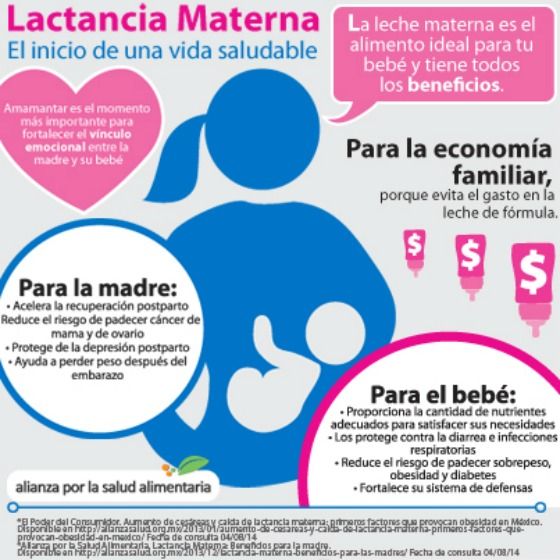 Some amount of vitamin E is found in meat, fat, eggs, milk, beef liver.
Some amount of vitamin E is found in meat, fat, eggs, milk, beef liver.
Vitamin H (biotin) essential for the normal functioning of the skin. With vitamin H deficiency, dermatitis of the hands, feet and cheeks occurs, and the functions of the nervous system are disturbed. Vitamin H is rich in liver and kidneys. It is found in yeast and vegetables (red beets, cabbage, spinach), legumes (peas, soybeans, beans, beans), mushrooms (champignons, porcini), less in eggs, milk, fruits. Also present in blueberry and wild strawberry leaves.
Vitamin K participates in blood coagulation processes. This vitamin is very necessary for newborns. Vitamin K is especially rich in green leaves of alfalfa, spinach, chestnut, nettle, yarrow, wild rose, white, cauliflower and red cabbage, carrots, tomatoes, strawberries, wild strawberries.
Minerals
Minerals play an important role in the nutrition of a nursing woman.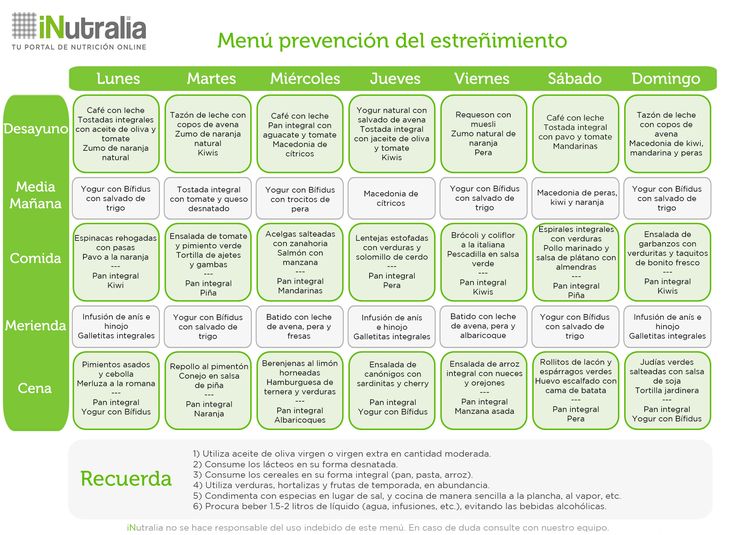
Iron is a priority because it protects the woman from anemia. Its main role is the formation of hemoglobin. Even with a balanced diet, the need for iron remains. If a woman has or had anemia, if the previous birth was less than 2 years ago (or there were abortions during this period), she needs iron supplements.
Taking iron supplements can sometimes cause constipation, indigestion and other complications. Therefore, it is better to use natural products and preparations – sources of organic iron (various hematogens and heme-containing preparations). A lot of iron is found in the liver, kidneys, legumes, vegetables, strawberries, cherries, apricots, grape wine, quince, spinach, curly cabbage, lettuce, leeks, kohlrabi, tomatoes, celery, watercress and medicinal plants such as nettle, immortelle, zaytsegub, lobelia, cyanosis, cudweed.
Iodine is essential for the functioning of the thyroid gland. If an insufficient amount of iodine enters the woman’s body, this can lead to changes that contribute to the growth of the thyroid gland in both the child and the mother.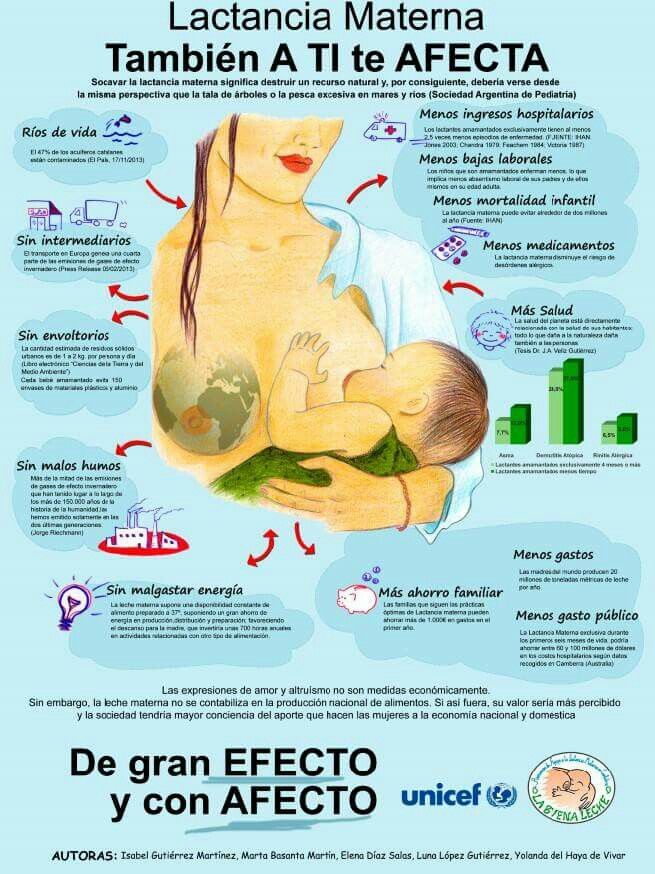 The content of iodine in ordinary foods is low – 4-15 mcg. However, sea fish contains about 70 mcg, cod liver – up to 800 mcg, seaweed, depending on the type and collection time – 50-70,000 mcg. But it should be borne in mind that during long-term storage and heat treatment of food, a significant part of iodine (20-60%) is lost. The content of iodine in terrestrial plants and animal products is highly dependent on its amount in the soil. Therefore, for cooking, a small amount of potassium iodide (25 mg per 1 kg of salt) is added to table salt. The shelf life of such salt is no more than 6 months, since iodine evaporates during storage.
The content of iodine in ordinary foods is low – 4-15 mcg. However, sea fish contains about 70 mcg, cod liver – up to 800 mcg, seaweed, depending on the type and collection time – 50-70,000 mcg. But it should be borne in mind that during long-term storage and heat treatment of food, a significant part of iodine (20-60%) is lost. The content of iodine in terrestrial plants and animal products is highly dependent on its amount in the soil. Therefore, for cooking, a small amount of potassium iodide (25 mg per 1 kg of salt) is added to table salt. The shelf life of such salt is no more than 6 months, since iodine evaporates during storage.
The child needs calcium in excess both for the growth of bones and teeth, and for the formation of the nervous system, heart and muscles. It is difficult to overestimate the role of calcium in the regulation of heart rate and blood coagulation. Calcium is essential for the development of all tissues of the child, including nerve cells, internal organs, skeleton, tissues of the eyes, ears, skin, hair and nails.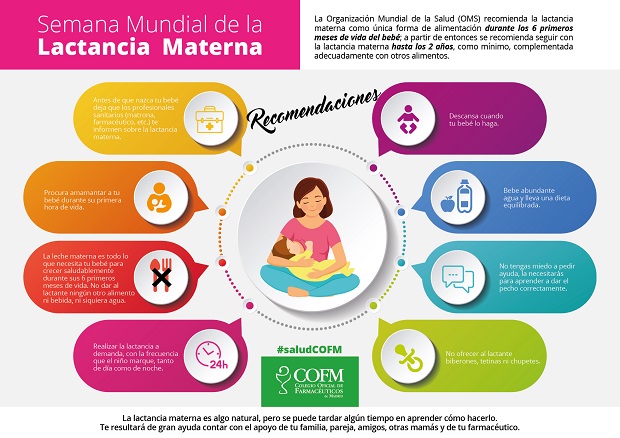
A lot of calcium is found in milk and dairy products, some vegetables (cabbage, garlic, celery, parsley), fruits and berries (gooseberries, currants, strawberries, cherries). Some foods (cereals, sorrel, spinach) slow down the absorption of dietary calcium.
Magnesium is involved in bone formation, regulation of nervous tissue, carbohydrate and energy metabolism, improves blood supply to the heart muscle. It is important to know that an excess of magnesium reduces the absorption of calcium. The optimal ratio of calcium and magnesium is 10:7, this ratio is supported by the usual set of foods. With a lack of magnesium, irritability increases. Almost half of the daily intake of magnesium is provided by cereals and cereals. There is a lot of magnesium in legumes, nuts, leafy vegetables, blackberries, raspberries, strawberries.
Selenium supports the functioning of the immune system. The most common sources of selenium are whole grains, asparagus, garlic, eggs and mushrooms, lean meats, and seafood.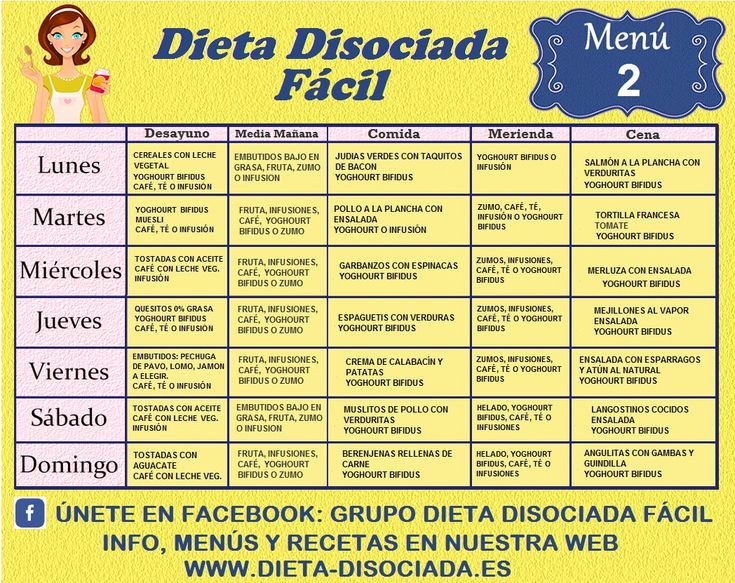 Very little selenium is needed to maintain health, and most people get what they need from food.
Very little selenium is needed to maintain health, and most people get what they need from food.
Zinc is essential for the normal development of tissues and bones. It regulates the mother’s appetite, digestion of food. Recent data indicate its direct effect on the nervous system. Contained in the liver, meat, egg yolks, cheese, legumes, vegetables.
Vitamin complexes for pregnant and lactating women fully meet the needs of the female body in all the necessary vitamins and minerals at the stage of conception, during pregnancy and breastfeeding. The main thing to remember is that high doses of certain vitamins can adversely affect health. Therefore, a nutritionist or an obstetrician-gynecologist should select the drug individually in each case for a woman.
It is best to drink vitamin-mineral complexes in the form of instant drinks, fortified juices and balanced cocktails specially designed for women. It is both tasty and healthy, and does not cause negative emotions, as when taking pills.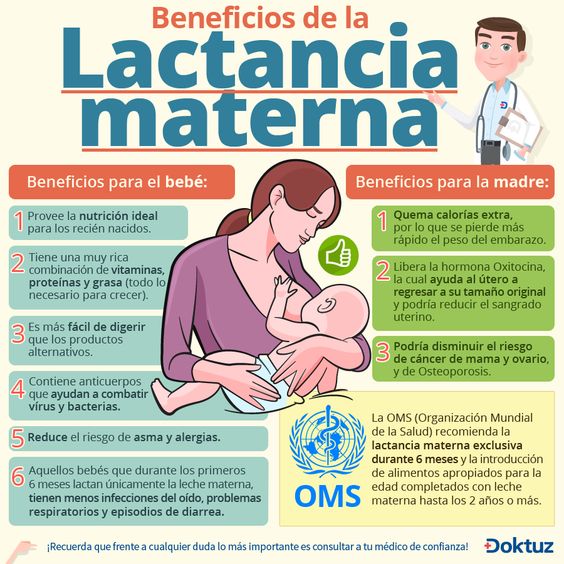
Lactation maintenance
The production of milk in a woman occurs under the control of two hormones – prolactin, which stimulates the production of milk, and oxytocin, which promotes its release. To a greater extent, their development depends on the psychological state of the woman.
In many modern women, lactation ends after 3 months. feeding. To prolong it at home, you need to organize a balanced diet for the mother, a daily routine. You can take homeopathic remedies or herbal teas to stimulate lactation, lactogenic drinks (infusions of caraway seeds, dill, tea with oregano, with lemon balm, infusion and drink from anise, fennel and oregano, etc.).
Known folk remedies for maintaining and stimulating lactation:
 This drink should be drunk 3-4 times a day before meals;
This drink should be drunk 3-4 times a day before meals; Lactation must be maintained even if there is only enough milk for one feeding. There is such a thing as a “lactation crisis”, manifested by a sudden temporary decrease in the amount of milk. This period occurs for no apparent reason at the 3-4th week, and sometimes at the 7-8th month of lactation. It is based on changes in the hormonal system of a woman, associated with a decrease in prolactin production, combined with an increase in the child’s need for breast milk. The duration of the crisis is 3-4 days. When reducing lactation, you should consult your doctor. In this case, do not panic.